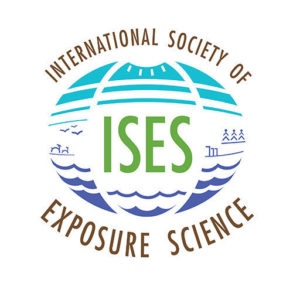The International Society of Exposure Science is pleased to announce the 2021 Annual Award winners. Every year, ISES recognizes a select few individuals doing extraordinary research and work in the field of exposure science.
Excellence in Exposure Science Award
With the end of funding for the Constance L. Mehlman Award and a need to redefine the Jerome J. Wesolowski Award, the ISES Board has established a new award to recognize individuals who have left an indelible mark in the field of exposure science. This award established in 2018 is inspired by the work of visionary individuals who have helped shape the field of exposure science and who supported the origins and growth of the ISES and have now passed on but left a strong legacy.
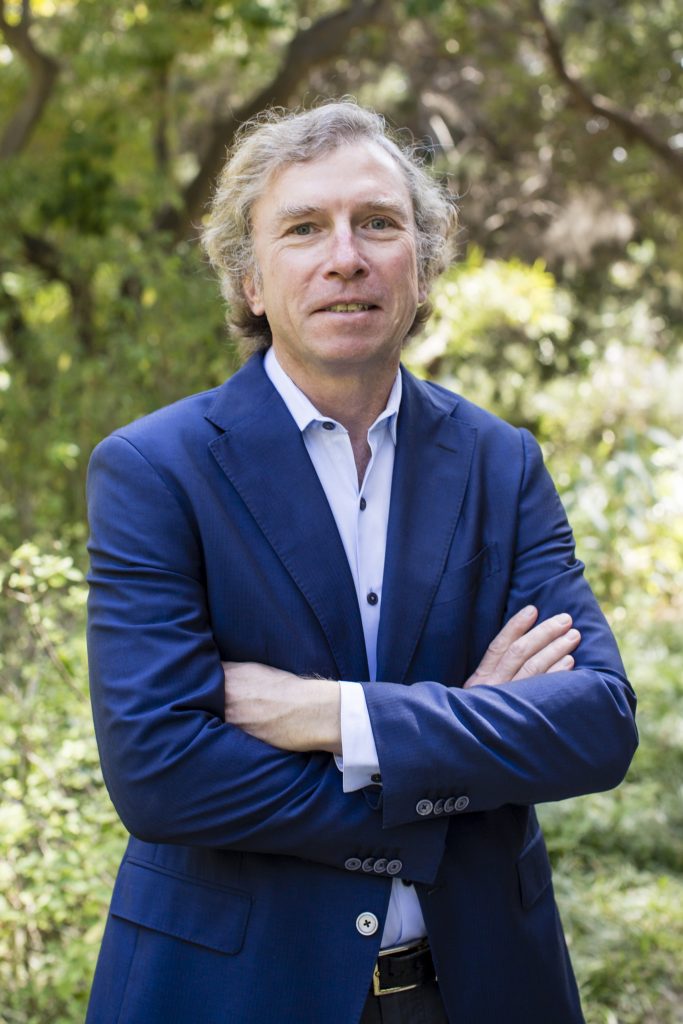
Michael Jerrett, PhD
Director, Center for Occupational and Environmental Health
Fielding School of Public Health
University of California, Los Angeles
Dr. Michael Jerrett is a full professor in the Department of Environmental Health Science, Director of the Center for Occupational and Environmental Health, and Co-Director of the Center for Healthy Climate Solutions, Fielding School of Public Health, University of California, Los Angeles. He is an internationally recognized expert in Geographic Information Science for Exposure Assessment and Spatial Epidemiology. He earned his PhD in Geography from the University of Toronto. Over the past 23 years, Dr. Jerrett has researched how to characterize population exposures to air pollution and built environmental variables, the social distribution of these exposures among different groups (e.g., poor vs. wealthy), and how to assess the health effects from environmental exposures. He has worked for many years on how the built environment affects exposures and health, deploying numerous personal and household sensors to assess environmental exposures, activity space, and physical activity. He has also published extensively on air pollution exposures and health effects and climate change exposures, particularly from wildfires smoke. From 2014 to the present, he has been named to the Web of Science Group Highly-Cited Researchers list, indicating he is in the top 1% of all authors in Environment/Ecology or Cross-field in terms of citation by other researchers. He serves as a standing member of the Health Effects Institute Review Committee and as an editorial board member for the Annual Review of Public Health and Environmental Research. The U.S. National Academy of Science (NAS) appointed him in 2009 to the Committee on “Future of Human and Environmental Exposure Science in the 21st Century.” The Committee concluded its task with the publication of a report entitled Exposure Science in the 21st Century: A Vision and a Strategy, in which he led the chapter on new technological innovations in the field. He recently completed a 3-year term on the Geographical Sciences Committee of the U.S. NAS.
Joan M. Daisey Outstanding Young Scientist Award
To recognize outstanding contributions to the science of human exposure analysis by a young scientist
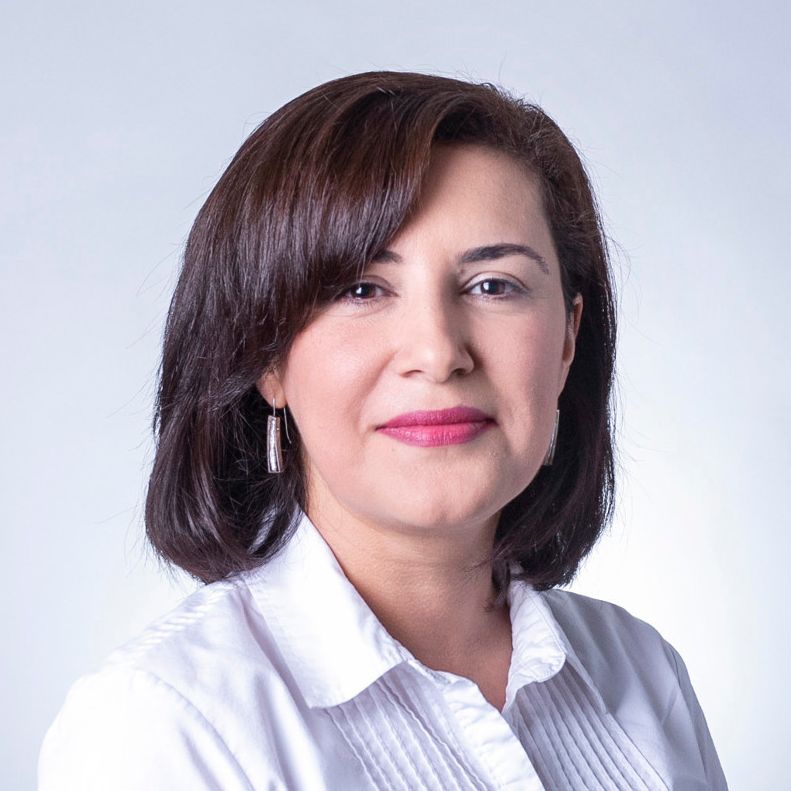
Amina Salamova, PhD
Associate Scientist at Indiana University Bloomington
Dr. Salamova is an Associate Scientist in the O’Neill School of Public and Environmental Affairs at Indiana University Bloomington where she has been a member of the Environmental Sciences faculty since 2014. She received her Ph.D. in Environmental Science from Indiana University in 2011 and was a post-doctoral research associate from 2011-2014. Dr. Salamova uses analytical chemistry and novel exposure assessment tools to investigate environmental exposures to harmful chemical contaminants and their effects on human health. She specifically focuses on exposures to a large group of organic contaminants, semi-volatile organic compounds (SVOCs), in vulnerable populations, such as children, older adults, indigenous and rural communities. Dr. Salamova’s research interests focus on determining exposure sources of well-known and emerging SVOCs and on developing effective interventions to prevent or reduce these exposures. Her research is funded by the United States National Institutes of Health, Environmental Protection Agency, and Department of Agriculture.
ISES Award for Best JESEE Paper
To recognize ISES members for work published in the Journal of Exposure Science and Environmental Epidemiology (JESEE) that exemplifies the best in the field of exposure science.
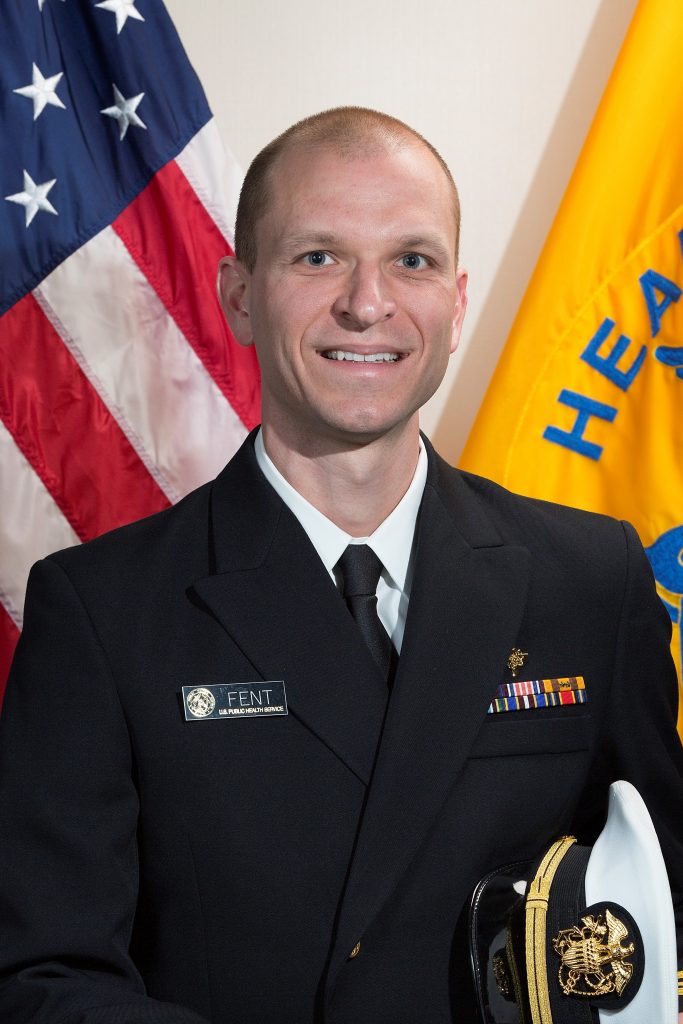
Kenneth Fent, PhD
Head of the National Firefigher Registry Program at CDC/HIOSH
Kenneth Fent obtained his MS and PhD in Environmental Sciences and Engineering from the University of North Carolina at Chapel Hill. Dr. Fent is currently the Head of the National Firefighter Registry Program at CDC/NIOSH, which is a new congressionally mandated program to monitor cancer outcomes and occupational risk factors among firefighters in the United States. He is also a Commander in the U.S. Public Health Service, where he has responded to domestic and global emergencies. He has spent over a decade studying firefighters’ exposures and health effects and published over 60 articles and reports summarizing his findings. His research findings have provided evidence to support a variety of control measures to reduce carcinogenic exposures in the fire service, many of which have been widely adopted. He is also an active member of several public safety committees and advisory boards.
ISES Award for Best Student Paper
To recognize student or recent graduate ISES members for published work that exemplifies the best student-authored papers in the field of exposure science.

Nicolo Aurisano, PhD
PhD candidate, Quantitative Sustainability Assessment Section, Technical University of Denmark (DTU)
Nicolò Aurisano is a PhD student in the Quantitative Sustainability Assessment (QSA) Section, Department of Technology, Management and Economics at the Technical University of Denmark (DTU). His research focuses on the emerging field of high-throughput exposure and computational toxicity assessment. Nicolò’s scientific methods will support the evaluation of chemicals emitted along product life cycles in terms of multi-pathway exposure and related effects on humans and ecosystems, as well as identifying viable alternatives to harmful chemicals in a wide range of daily consumer goods. Results from his research are applied in risk screening and chemical substitution to inform both public (e.g. regulatory agencies) and private (e.g. industry) stakeholders. He has authored/co-authored 7 articles published in scientific journals.
JESEE Young Investigator Meeting Award
This award supports student and new researcher (researcher within 10 years of terminal degree) participation at the ISES annual meetings.
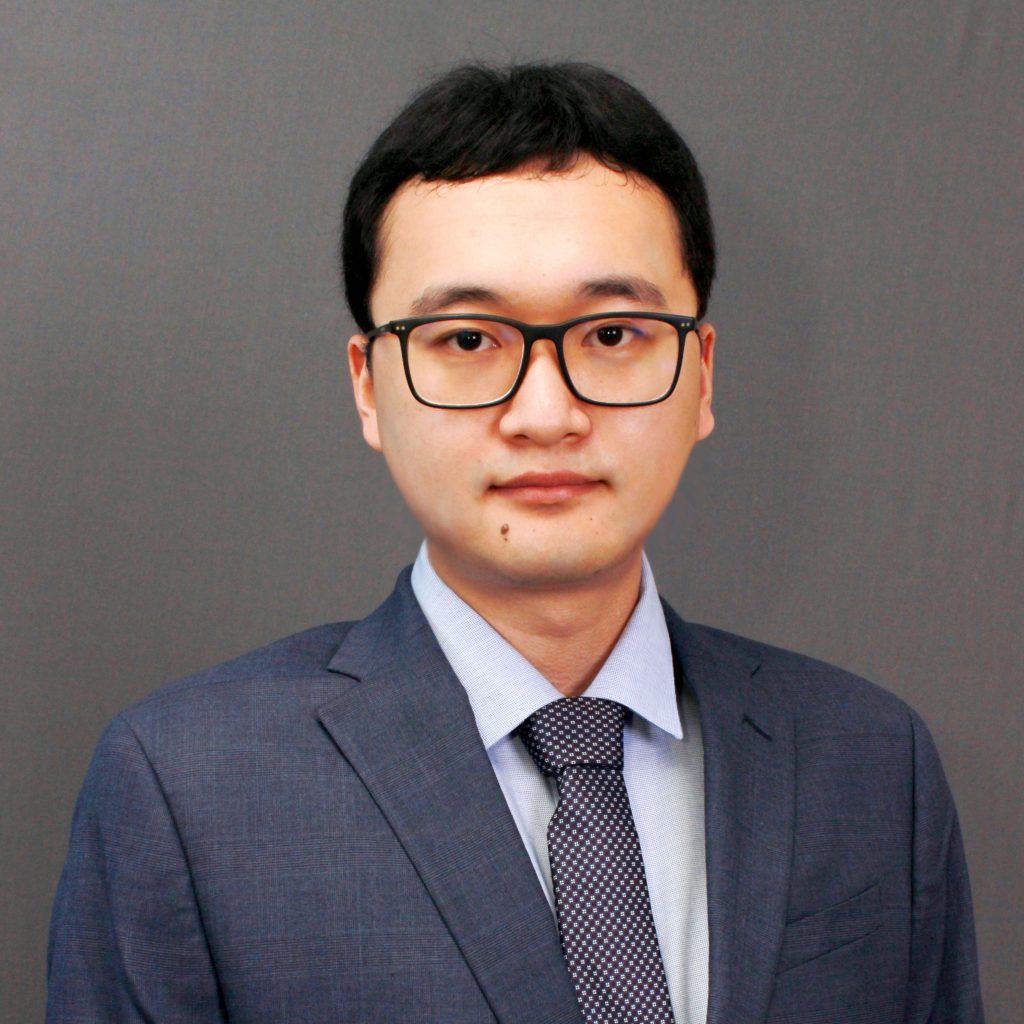
Jianzhao Bi, PhD
Postdoctoral Scholar at the University of Washington
Jianzhao Bi is a postdoctoral scholar in the Department of Environmental & Occupational Health Sciences at the University of Washington. He earned his Ph.D. in Environmental Health Sciences at Emory University in 2020. His current research mainly focuses on spatiotemporal high-resolution exposure prediction (now-cast) and forecast of air pollution (PM2.5, carbon monoxide, ultrafine particles, and more) based on multi-source/multi-platform data from satellite remote sensing instruments and low-cost air quality monitors and advanced parametric and machine learning methods. He is also focusing on assessing how long- and short-term exposure to air pollution is associated with adverse health outcomes of different body systems. His work on air pollution exposure assessment and health analysis has been published in leading environmental journals including Remote Sensing of Environment, Environmental Science & Technology, Environmental Epidemiology, Environmental Pollution, and Environmental Research. He has also co-authored multiple air pollution exposure and health publications in renowned scientific journals. He has reviewed 30+ scientific manuscripts for leading environmental journals (e.g., Environment International, Environmental Health Perspectives, Remote Sensing of Environment, etc.). He has been awarded the ISES-ISIAQ Joint Conference Travel Award in 2019 and the ISEE Annual Conference Registration Award in 2020 and 2021.
IPA/DGUV Award for Young Exposure Scientists
To foster research in exposure areas with linkages to biomonitoring for superior doctoral students working on their dissertation or superior first-year postdoctoral exposure scientists
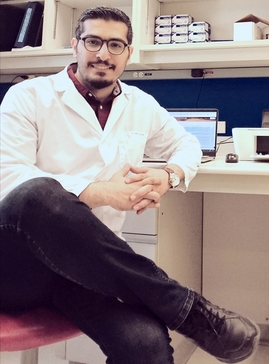
Ata Rafiee, PhD Candidate
Ph.D. candidate at the University of Alberta
Ata Rafiee is a Ph.D. candidate in Medicine at the University of Alberta whose research revolves around exposure assessment focusing on human biomonitoring, which deals with how humans are exposed to contaminants and how these exposures affect their health. Ata completed BSc and MSc in Environmental Health from Tehran University of Medical Sciences in Iran and commenced his Ph.D. in Medicine at the University of Alberta in 2019. His doctoral research focuses on using biomarkers of exposure and markers of health effects to assess welding fumes exposure in professional welders. During the first two years of his Ph.D. study, Ata’s academic performance has been acknowledged with prestigious awards at the U of A, including the University of Alberta Doctoral Recruitment Scholarship, Alberta Excellence Graduate Scholarship, and Alberta Innovates Graduate Studentship Scholarship. The latter one is the most prestigious graduate award in the province of Alberta, Canada. Ata has been conducted several human biomonitoring studies for various contaminants in the general population and different occupational settings and published several papers in prestigious venues. He has collaborated in over ten international research projects in exposure assessment and human biomonitoring, two of them as a co-principal investigator and others as the main collaborator.
